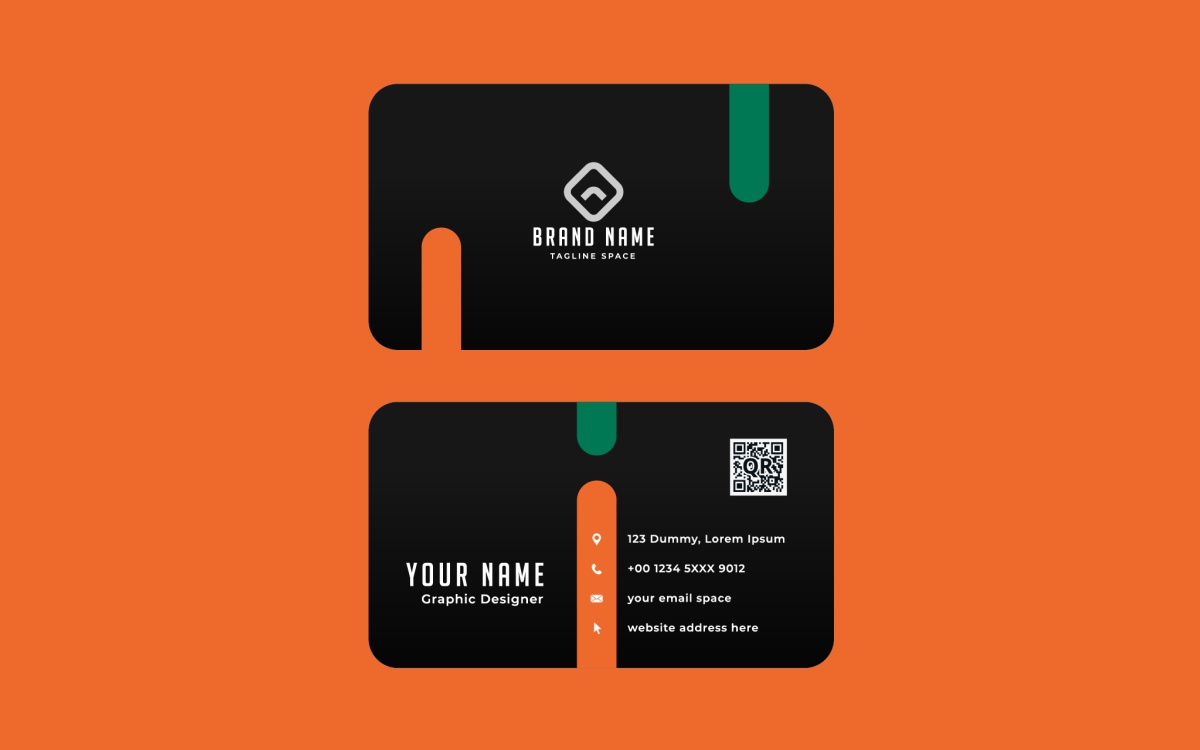871 East Hastings Street, Vancouver, BC V6A 3Y1
604-558-2858

Best Business Card Material – When it comes to making a memorable impression, the material of your business card plays a crucial role.
It’s not just about the visual design; the texture, weight, and overall feel of the card contribute significantly to how your brand is perceived.
Now, we’ll dive into essential considerations and tips for choosing the right material for business card printing, ensuring your cards stand out and leave a lasting impression.
The material you choose for your business card should reflect your brand’s identity and values.
For instance, a luxury brand might opt for high-end, textured card stock to convey exclusivity, while an eco-friendly brand could prefer recycled materials to emphasize its commitment to sustainability.
This alignment ensures that every aspect of your business card resonates with your brand’s message.
Durability is a critical factor in selecting the right best business card material for printing. You want a card that not only looks good but can also withstand being carried around in wallets or pockets.
The tactile experience of your card—how it feels in the hand—can also influence the recipient’s perception of your brand.
Materials like thick cardstock, plastic, or metal can offer a unique touch that sets your card apart.
The choice of material directly impacts the cost of best business card printing. While it’s tempting to go for high-end materials to make your card stand out, it’s important to balance quality with budget considerations.
Assess the cost-effectiveness of different materials in relation to the quantity you need and the impression you aim to make.
Sustainability is becoming increasingly important to consumers. Choosing eco-friendly materials for your business card printing can not only reduce your environmental footprint but also appeal to like-minded clients.
Recycled paper, bamboo, and cotton paper are excellent options that demonstrate your commitment to sustainability.
Different materials may affect your printing and finishing options. For example, certain types of cardstock are better suited for embossing or foil stamping, while others may be ideal for full-color digital printing.
Consider the design elements of your business card and consult with your printer to determine which materials best support your desired finishes.
The material you choose for your business cards can significantly influence the recipient’s perception of your brand.
Premium materials such as thick cardstock, metal, or even wood can convey a sense of luxury and attention to detail, suggesting that your brand values quality and innovation.
On the other hand, lightweight or standard materials might not make as strong an impression, potentially affecting the perceived value of your services or products. Consider how the tactile feel of the material can evoke certain emotions or associations that align with your brand identity.
One of the exciting aspects of choosing your business card material is the potential for customization. Materials like plastic, metal, and textured cardstock open up a world of design possibilities, including die-cut shapes, embossed textures, and unique finishes that can make your card stand out.
However, it’s important to ensure that your chosen material is compatible with these customization options.
Work closely with your printing service to understand the limitations and possibilities of each material to fully leverage its potential for customization.
Your business card material will also affect how colors and designs are rendered. Glossy finishes can make colors appear more vibrant but might be prone to fingerprints and smudges, while matte finishes offer a more subdued, professional look.
Transparent or frosted plastic cards can offer a modern, minimalist vibe but require careful design consideration to ensure legibility and impact.
Understanding the interaction between material, color, and design will help you choose the best option for presenting your brand effectively.
Choosing the best business card material for printing isn’t just a matter of personal preference; it’s a strategic decision that should consider your target audience, industry, and the message you want to convey.
For example, if you’re in a creative industry, innovative materials and designs can showcase your creativity and set you apart.
In more traditional sectors, classic and high-quality paper options might be more appropriate, reflecting professionalism and reliability.
Always consider the context in which your business cards will be shared and how different materials can enhance or detract from your intended message.
Selecting the best business card material is an integral part of crafting a memorable brand experience.
By carefully considering your brand identity, the psychological impact of material choice, compatibility with customization options, and the overall strategic fit, you can create a business card that not only conveys your contact information but also reinforces the value and uniqueness of your brand.
Remember, your business card is often the first tangible representation of your brand that potential clients or partners will encounter, making it crucial to choose a material that leaves a lasting, positive impression.
If you need help choosing best business card material for printing or want to print your business card, you can contact us or fill out the free quote request form.